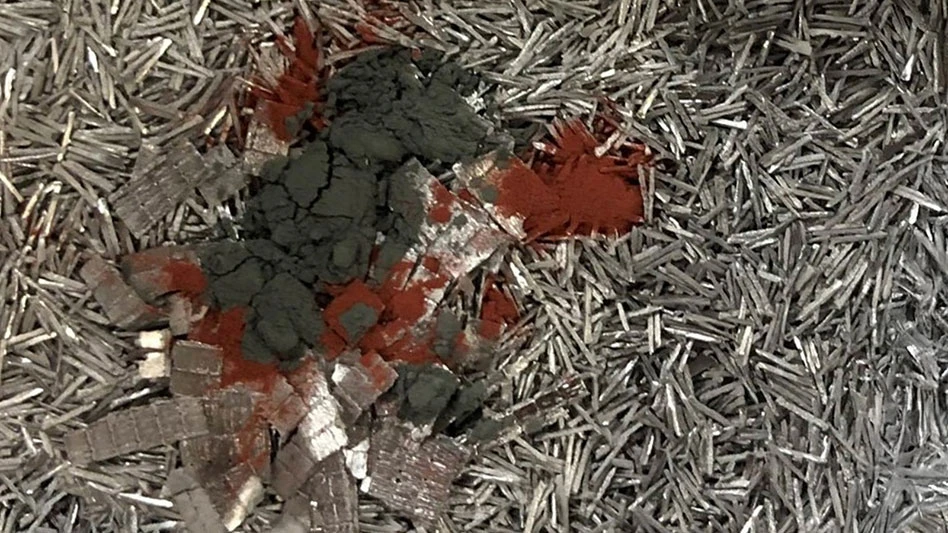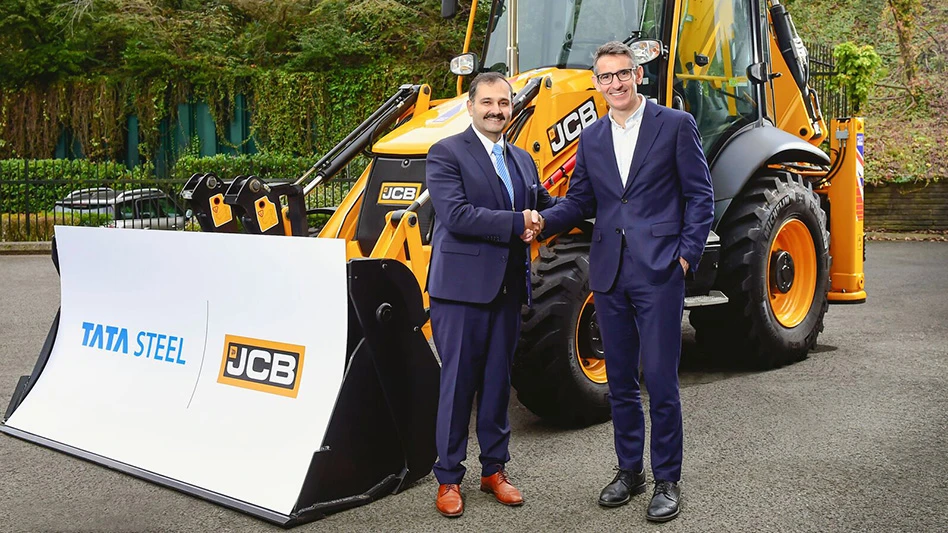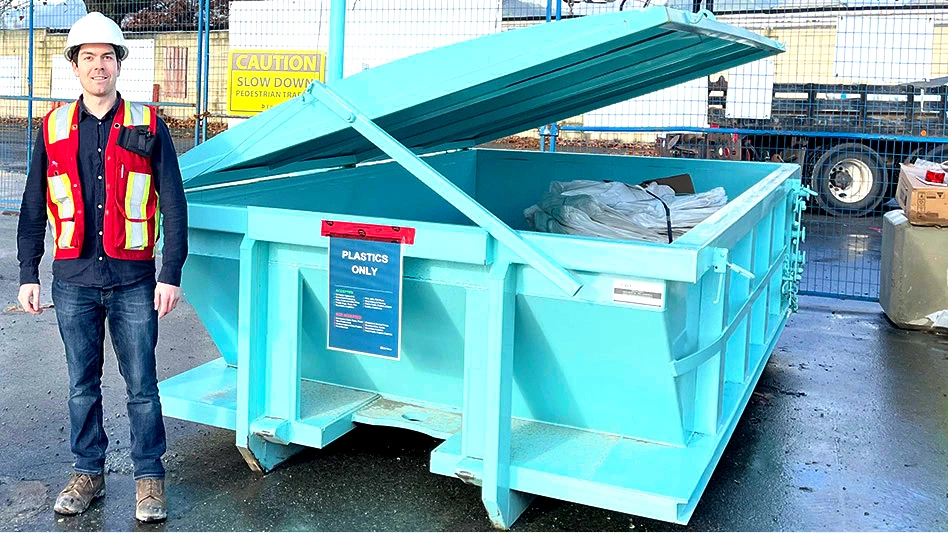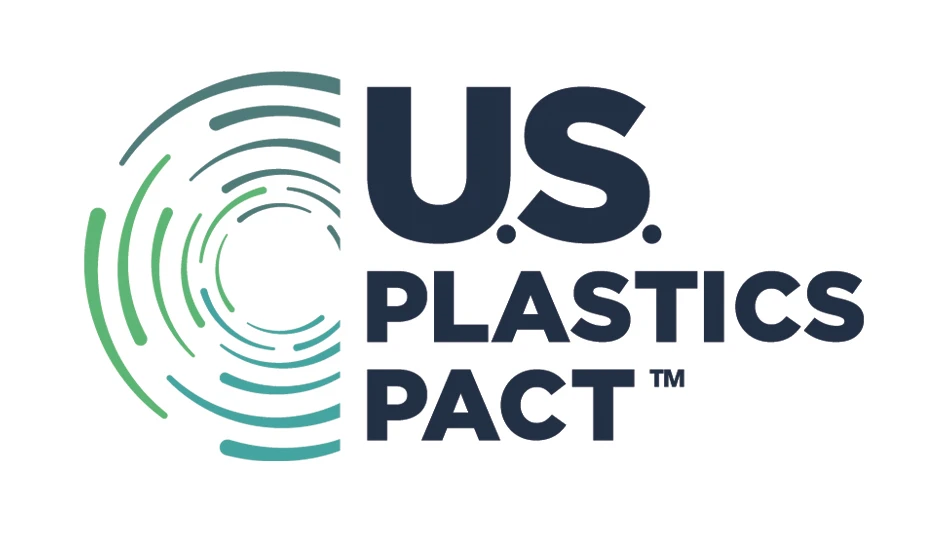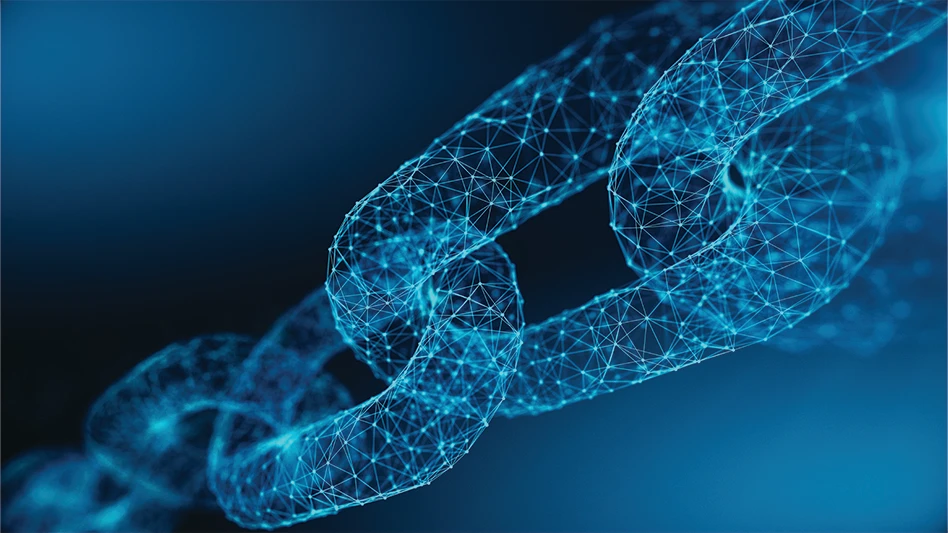 Fact: Increasing recycling rates is not a tricky thing. Why? It is many tricky things.
Fact: Increasing recycling rates is not a tricky thing. Why? It is many tricky things.
We can all agree recycling is good. We know we need more good quality recyclables. We know we need to conserve landfill space and use our resources responsibly, so why is it that we don’t see a higher recycling rate in this country?
Part of the problem is that we are all consuming products in a 2014 world, but our recycling infrastructure and the messaging around recycling is largely from the 1990s. Just last month CVP (Curbside Value Partnership) spoke at a recycling meeting where the key program graphics were those produced well over a decade ago.
Small volume recycling bins and subscription service curbside recycling need to go the way of the leg warmer. Our North American recycling industry is hungry for modern recycling infrastructure—large volume curbside carts, greater efficiencies, engaging messaging—and the way we accomplish this is through collaboration and well-designed public/private partnerships. That is exactly what CVP has been fostering for the past decade and what our newest initiative, the Recycling Partnership, will continue to do.
Competition for funding
The foundation of the reverse supply chain rests on the shoulders of local government, which means that resources for recycling programs rely on taxes and fees. We can all think of a hot-button issue in our hometown right now that also relies on those same taxes and fees. New schools, safer park equipment, additional police officers … there’s no shortage of demand for dollars. Do you remember the Polar Vortex last year? Louisville, Kentucky, spent $2.6 million above its normal operating costs to handle the winter weather. The point: Local governments have many priorities that compete for public funds, and recycling doesn’t always make it to the top of the list. Budgets are strapped and staff is stretched thin.
Cities across the country need a jolt of electricity to defibrillate their recycling programs, and CVP’s Recycling Partnership will do this by transforming public program performance, leveraging grants and technical assistance to transform the U.S. curbside recycling system.
More organization needed
We understand that community recycling programs are the start of a reverse supply chain. CVP stresses that it is important to keep in mind that community officials are first and foremost service providers for their citizens. Worker safety, community satisfaction and success on a shoestring are often the leading concerns of local officials. While solid approaches for program success, they cannot always equally register the material demands of the industry.
Many packaging companies, recyclers and converters are working on their own initiatives to increase the supply of their specific commodities, whether it is paper, aluminum, steel, cartons, glass or plastic. However, CVP members and their partners recognize the majority of consumers dispose of their recyclables at home and all of these commodities could be recovered in the same single-stream cart. Since each commodity must go through the infrastructure that is currently in place, it is clear that these same companies can meet their individual goals and improve the system in a more efficient way by pooling dollars and resources and working together.
Furthermore, community recycling officials are eager to more firmly engage in the recycling and feedstock development chain they feed. The CVP team hears regularly from communities interested in refining their education and outreach approaches. Increasingly, we’re also hearing from those who are interested in learning more about the material’s life after the material recovery facility (MRF) and design for recyclability approaches to get those materials more MRF-ready. That’s a welcome sign that efforts to connect these varied and diverse sectors are shifting toward thinking about the system as a whole. That positive momentum is just the thing that we should further foster and capitalize on as we pursue strong, long-term improvements in recovery.
Unlocking a larger public match
A smart and welcomed national discussion currently is questioning the true nature of investments in recycling. What’s the difference between altruism and providing funding for change? How do we know that projects create systematic improvements, not just one-time bumps in recovery?
CVP thinks the difference between philanthropy and increasing the marketplace pull for materials has to do with strategy. Smart investments should see lasting improvements that continue to deliver high quality recyclables to the marketplace long after the contributions have been made.
CVP understands the need for a systems solution to the systemwide challenge. Engaged companies and organizations understand that supporting strong local recycling programs will help them meet their sustainability and business goals and drive recycled feedstock into hungry mills and processing facilities. That’s why CVP has launched the Recycling Partnership. The national project will target public and private contributions to leverage outreach, technical assistance and infrastructure improvements to increase programmatic health and to boost local recycling rates.
nvesting for long-term material gains
The Recycling Partnership is not just a cart grant. Private partners are coming together to increase curbside recycling recovery by funding specific recycling infrastructure projects depending on need. Their funds will be used to leverage and unlock public investments for strategic improvements and will convert those one-time contributions into long-standing improvements through technical assistance, education and outreach, grants and by building champions among policymakers.
With system-solution finesse, CVP forecasts successful responses in the U.S. marketplace. While growth does happen on its own, strategic investments can ensure change comes faster and is sustained, generating clean recyclables for the long haul.
No silver bullet
Recycling programs can only reach their full potential when the ingredients of best management practices work together. Through our research, supported by Resource Recycling Systems, Ann Arbor, Michigan, we find that local governments find success when there is (1) leadership that will commit strong infrastructure improvements, (2) a strong MRF to process quality material, (3) coordination across sectors, (4) strong markets that create demand and appealing price points, (5) supportive policy to encourage responsible waste diversion and (6) strategic education to boost participation and reduce contamination. When each of those areas is fully engaged, we see recovery at its prime.
Recycling is a multisector industry, and the six areas of best management practices highlight a loosely connected but highly dependent network of public and private interests. As an industry, we need to work smarter, not harder. Smart efforts and investments should address the overall health of the whole recovery program—understanding there are multiple key elements to strong performance. Through evaluation of the whole, specific gaps can be identified that are the real strategic barriers to sustainable market supported recovery. Those barriers can then inform a focused to-do list designed for maximum impact in boosting recovery.
It's go time
Talk to anyone who has long been working on boosting recycling rates, and you’ll hear a general excitement about current opportunities. Recycling leaders are finding that the industry is unlocking greater potential through private and public collaboration and voluntary initiatives. At their best, these deliberate systems-enhancing programs use the knowledge, influence and resources of corporate initiatives and public-private partnerships to achieve voluntary recovery goals. This approach also builds relationships between industry and public partners, fostering innovation and communication while building on existing investments.
CVP is eager to keep the momentum going. For those who may not know, CVP is a 501(c)(3) organization that has a decade-long track record of partnering with local governments to increase the recovery of recyclables through education and marketing campaigns. We are continuing our traditional work by engaging in San Diego and Cleveland this year.
With the addition of the Recycling Partnership, we now administer three distinct programs:
- CVP Connect, which provides outreach support for smaller communities;
- CVP Classic, which provides community marketing campaigns; and
- (of course) the Recycling Partnership, which supplies major pieces of the recycling puzzle that include infrastructure, education and technical assistance.
The Recycling Partnership fits nicely with our traditional work, and CVP is confident we will contribute more results. The public-private investment strategy has the potential to change the game throughout the United States. Thanks to our partner, the Southeast Recycling Development Council (SERDC), we are starting in cities in the Southeast that are ready to make a permanent change. However, this partnership is on the fast track to expand nationally, and we will work to rejuvenate programs with infrastructure improvements and educational support that local governments can maintain and grow.
Increasing quality & quantity
Hundreds of mills and markets need more high quality recyclables: The supply chain needs a better way to get these materials from the thousands of local government programs that currently operate at varying levels of effectiveness. Local recycling program coordinators know how to do their jobs, but many struggle for the funding and staff needed to meet their goals.
In the coming months, look for success stories from the Recycling Partnership along with resources you’ve grown to expect from CVP’s foundational programs. 2014 is the new starting block, and there’s a spot for everyone to engage together; let’s focus on building a modern recycling infrastructure together.
Keefe Harrison is executive director of the Curbside Value Partnership, and Cody Marshall is project manager and the public team lead with Resource Recycling Systems. They can be reached at kharrison@recyclecurbside.org and at cmarshall@recycle.com.

Explore the October 2014 Issue
Check out more from this issue and find your next story to read.
Latest from Recycling Today
- Sonoco selling thermoformed, flexible packaging business to Toppan for $1.8B
- ReMA offers Superfund informational reports
- Hyster-Yale commits to US production
- STG selects SolarPanelRecycling.com as exclusive recycling partner
- Toyota receives $4.5M to support a circular domestic supply chain for EV batteries
- Greyparrot reports 2024 recycling trends
- Republic Services opens Colorado hauling facility
- ABTC awarded $144M DOE grant

